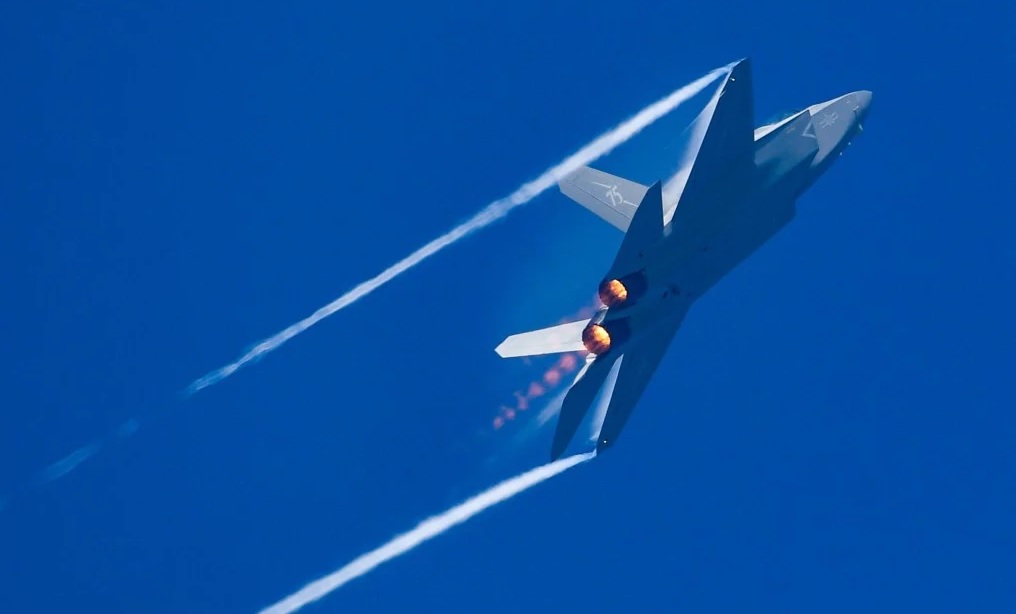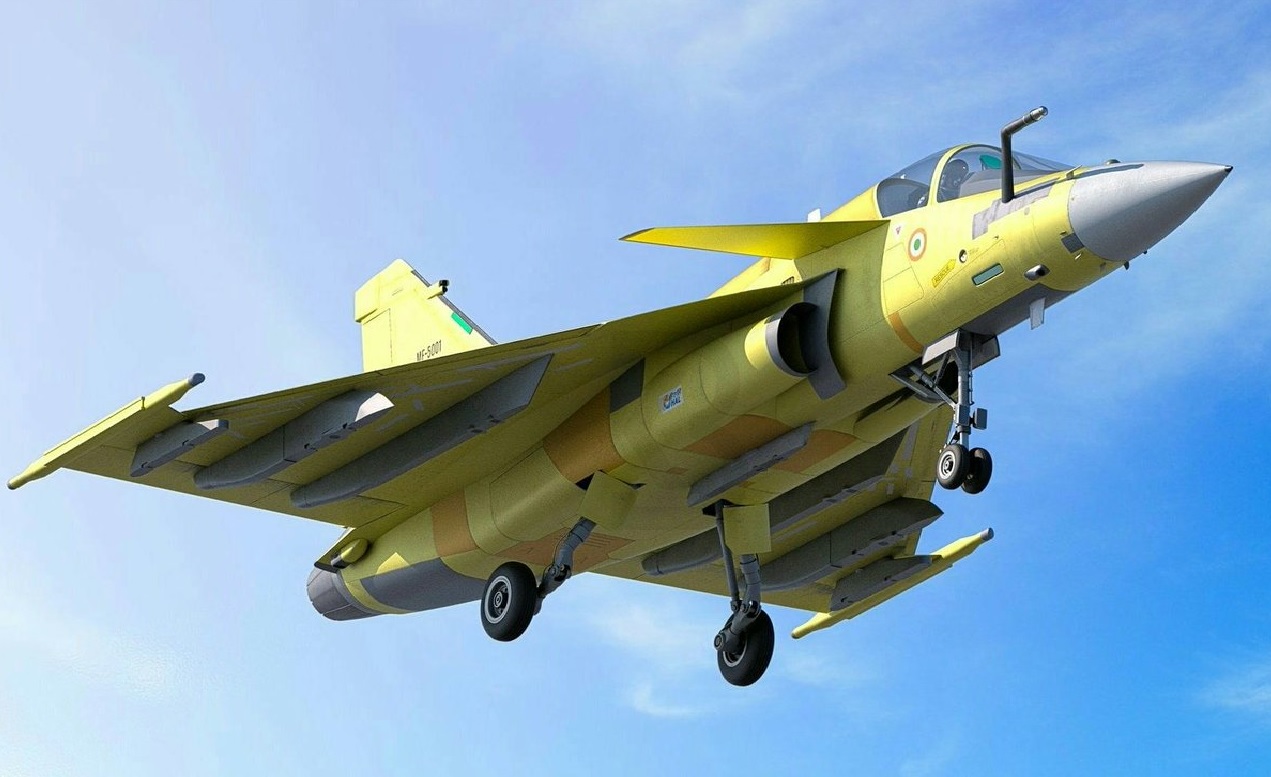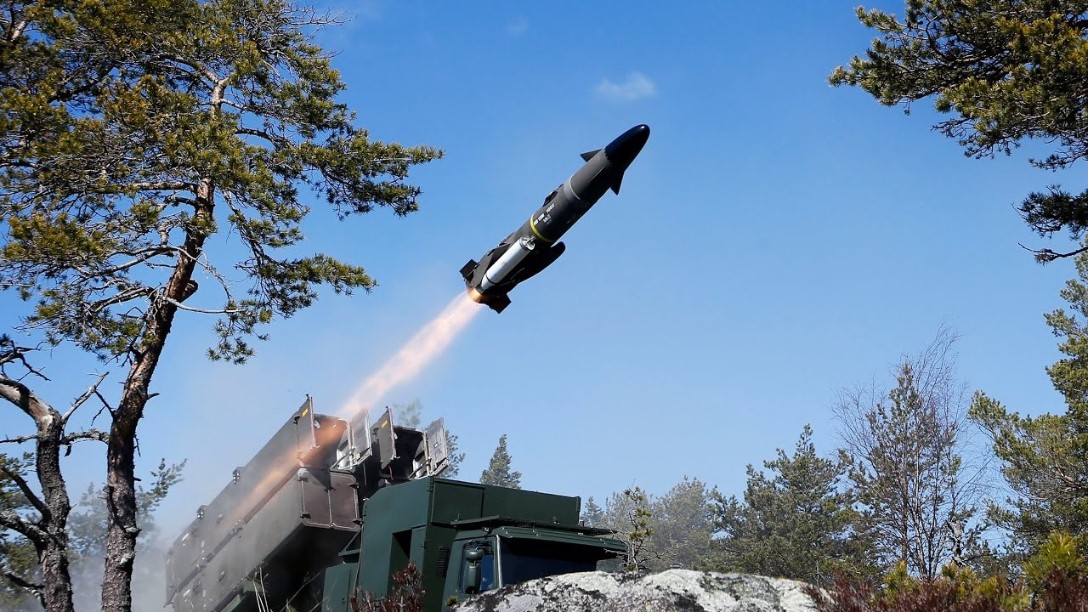Sri Lanka Economy Records Positive Growth for the First Time Since Economic Crisis

Defense News - After grappling with a massive economic crisis that plagued the island nation for nearly two years, Sri Lanka has finally marked a positive turn in its economic trajectory, as reported by the Sri Lanka-based Daily Mirror.
The Gross Domestic Product (GDP) of Sri Lanka in the third quarter of 2023 exhibited a noteworthy growth of 1.6 percent compared to the corresponding period in the previous year, according to data from the Census and Statistics Department. This achievement follows a prolonged recession that began in the first quarter of the prior year.
Despite this encouraging development, the overall economic outlook remains cautiously pessimistic, with the full-year growth anticipated to be modestly negative, as stated by the Daily Mirror. The Census and Statistics Department second-quarter national accounts officially confirm the emergence of the economy from the protracted recession.
The initial signs of a severe economic crisis surfaced in the first quarter of 2022, hinting at the potential for a prolonged downturn spanning several years. Nandalal Weerasinghe, the Governor of the Sri Lankan central bank, attributed the achievement of stability, earlier than expected, to a series of significantly challenging policy measures. These measures included historically high policy rate increases, debt repayment suspensions, tax hikes, import controls, and market-based pricing for energy and utilities, as reported by the Daily Mirror.
An interesting facet of this economic turnaround is the simultaneous growth observed in all three major sectors—agriculture, industries, and services—during the second quarter, following multi-quarter contractions. Agriculture returned to positive territory from the fourth quarter of the previous year, with a growth rate of 3.0 percent in the third quarter. Industries registered a 0.3 percent growth, and services showed a 1.3 percent growth. Taxes less subsidies also increased by 13.6 percent in the third quarter.
The sector-wise contributions to the economy were reported as 7.8 percent for agriculture, 28.1 percent for industries, 57.5 percent for services, and 6.5 percent for taxes less subsidies, according to the Daily Mirror.
However, despite the positive developments in the third quarter, the cumulative economic contraction for the first nine months of 2023 is projected to be 4.9 percent compared to the same period last year. This contraction, although more moderate than the 7.9 percent decline observed in the first half of the year, underscores the lingering challenges faced by the Sri Lankan economy.
The International Monetary Fund (IMF) has projected a decline of 3.6 percent in the Sri Lankan economy for the entire year of 2023. The country, with a population of 22 million, had experienced economic contraction for nine consecutive quarters since the third quarter of 2021. In April of the previous year, Sri Lanka defaulted on its $46 billion external debt, leading to a critical shortage of foreign exchange to fund essential imports.
The economic crisis reached its nadir in the fourth quarter of the previous year with a contraction of 12.4 percent. However, the pace of contraction gradually slowed to 11.5 percent in the first quarter of the current year and further to 3.1 percent in the second quarter.
While expectations suggest a potential acceleration in growth for the fourth quarter compared to the third, the overall economic forecast remains negative due to the contraction experienced in the first half of the year. The Central Bank has refrained from providing a specific growth number, according to the Daily Mirror.


